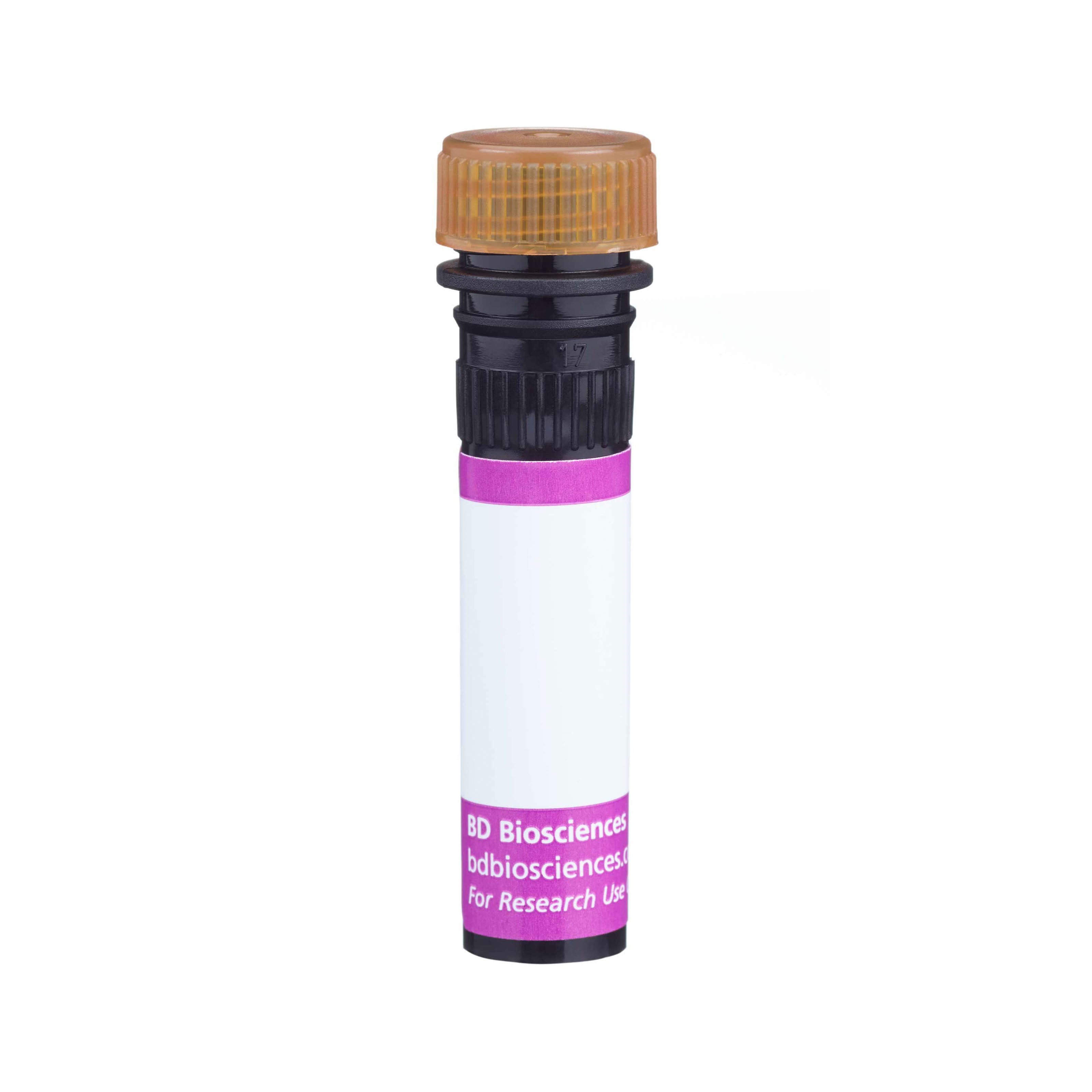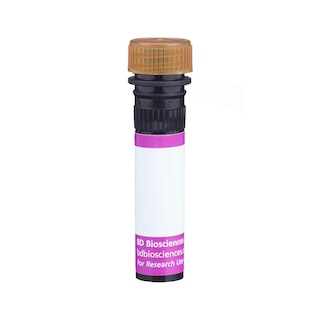-
抗体試薬
- フローサイトメトリー用試薬
-
ウェスタンブロッティング抗体試薬
- イムノアッセイ試薬
-
シングルセル試薬
- BD® AbSeq Assay
- BD Rhapsody™ Accessory Kits
- BD® OMICS-One Immune Profiler Protein Panel
- BD® Single-Cell Multiplexing Kit
- BD Rhapsody™ TCR/BCR Next Multiomic Assays
- BD Rhapsody™ Targeted mRNA Kits
- BD Rhapsody™ Whole Transcriptome Analysis (WTA) Amplification Kit
- BD® OMICS-Guard Sample Preservation Buffer
- BD Rhapsody™ ATAC-Seq Assays
- BD® OMICS-One Protein Panels
-
細胞機能評価のための試薬
-
顕微鏡・イメージング用試薬
-
細胞調製・分離試薬
-
- BD® AbSeq Assay
- BD Rhapsody™ Accessory Kits
- BD® OMICS-One Immune Profiler Protein Panel
- BD® Single-Cell Multiplexing Kit
- BD Rhapsody™ TCR/BCR Next Multiomic Assays
- BD Rhapsody™ Targeted mRNA Kits
- BD Rhapsody™ Whole Transcriptome Analysis (WTA) Amplification Kit
- BD® OMICS-Guard Sample Preservation Buffer
- BD Rhapsody™ ATAC-Seq Assays
- BD® OMICS-One Protein Panels
- Japan (Japanese)
-
Change country/language
Old Browser
Looks like you're visiting us from United States.
Would you like to stay on the current country site or be switched to your country?
BD OptiBuild™ BV786 Rat Anti-Mouse H-2 Class I
クローン M1/42 (also known as M1/42.3.9.8) (RUO)


Regulatory Statusの凡例
Any use of products other than the permitted use without the express written authorization of Becton, Dickinson and Company is strictly prohibited.
Preparation and Storage
推奨アッセイ手順
For optimal and reproducible results, BD Horizon Brilliant Stain Buffer should be used anytime two or more BD Horizon Brilliant dyes (including BD OptiBuild Brilliant reagents) are used in the same experiment. Fluorescent dye interactions may cause staining artifacts which may affect data interpretation. The BD Horizon Brilliant Stain Buffer was designed to minimize these interactions. More information can be found in the Technical Data Sheet of the BD Horizon Brilliant Stain Buffer (Cat. No. 563794).
Product Notices
- This antibody was developed for use in flow cytometry.
- The production process underwent stringent testing and validation to assure that it generates a high-quality conjugate with consistent performance and specific binding activity. However, verification testing has not been performed on all conjugate lots.
- Researchers should determine the optimal concentration of this reagent for their individual applications.
- An isotype control should be used at the same concentration as the antibody of interest.
- Caution: Sodium azide yields highly toxic hydrazoic acid under acidic conditions. Dilute azide compounds in running water before discarding to avoid accumulation of potentially explosive deposits in plumbing.
- For fluorochrome spectra and suitable instrument settings, please refer to our Multicolor Flow Cytometry web page at www.bdbiosciences.com/colors.
- Please refer to www.bdbiosciences.com/us/s/resources for technical protocols.
- BD Horizon Brilliant Stain Buffer is covered by one or more of the following US patents: 8,110,673; 8,158,444; 8,575,303; 8,354,239.
- BD Horizon Brilliant Violet 786 is covered by one or more of the following US patents: 8,110,673; 8,158,444; 8,227,187; 8,455,613; 8,575,303; 8,354,239.
- Cy is a trademark of GE Healthcare.
関連製品






The M1/42 monoclonal antibody (mAb) specifically recognizes intact Histocompatibility-2 Region (H-2) class I antigens (Ags), also known as mouse Major Histocompatibility Complex class I (MHC-I) Ags. This mAb reportedly binds to one or more of the H-2 Ags (H-2K, H-2D, and likely H-2L) that are primarily expressed on most nucleated somatic cells of hematopoietic and nonhematopoietic origin. H-2 class I molecules are comprised of a ~45-50 kDa type I transmembrane heavy chain glycoprotein that is noncovalently linked to ~13 kDa β2-microglobulin (β2-m). The extracellular region of the polymorphic heavy chains is comprised of three globular domains (α1, α2, and α3), followed by a transmembrane region and a cytoplasmic tail. Sequence variations are manifest in regions of the α1 and α2 domains that line the peptide-binding cleft involved in Ag presentation. The M1/42 mAb reportedly binds to H-2 class I Ags from multiple mouse haplotypes including a, b, d, j, k, s, and u. It does not bind to separated H-2 class I heavy chains or β2-m. Cell surface CD8 molecules bind to invariant sites of the H-2 heavy chains and can provide coreceptor signaling for Ag-mediated activation through the T cell receptor. H-2 class I molecules that present self-Ags can lead to self-tolerance of maturing CD8+ T cells due to thymic selection. Alternatively, these molecules can present foreign peptide Ags to mature peripheral CD8+ T cells resulting in cell-mediated immune responses against foreign Ags. H-2 class I Ags also serve as ligands for activating and inhibitory receptors expressed by NK cells and some T cells. The M1/42 antibody is useful for analyzing H-2 class I Ag expression on cells or cell lines. Cells from different experimental systems, eg, stressed cells that have undergone infection or transformation, may express little or no H-2 class I Ag. In contrast, cells undergoing activation or responding to certain factors (eg, interferons) may express upregulated levels of these Ags.
The antibody was conjugated to BD Horizon™ BV786 which is part of the BD Horizon Brilliant™ Violet family of dyes. This dye is a tandem fluorochrome of BD Horizon BV421 with an Ex Max of 405-nm and an acceptor dye with an Em Max at 786-nm. BD Horizon BV786 can be excited by the violet laser and detected in a filter used to detect Cy™7-like dyes (eg, 780/60-nm filter).

Development References (8)
-
Cornish AL, Freeman S, Forbes G, et al. Characterization of siglec-5, a novel glycoprotein expressed on myeloid cells related to CD33. Blood. 1998; 92(6):2123-2132. (Immunogen: ELISA, Flow cytometry). View Reference
-
Crocker PR, Varki A. Siglecs, sialic acids and innate immunity. Trends Immunol. 2001; 22(6):337-342. (Biology). View Reference
-
Jones C, Virji M, Crocker PR. Recognition of sialylated meningococcal lipopolysaccharide by siglecs expressed on myeloid cells leads to enhanced bacterial uptake.. Mol Microbiol. 2003; 49(5):1213-25. (Clone-specific: Blocking, Functional assay). View Reference
-
Nguyen DH, Hurtado-Ziola N, Gagneux P, Varki A. Loss of Siglec expression on T lymphocytes during human evolution.. Proc Natl Acad Sci U S A. 2006; 103(20):7765-70. (Clone-specific: Flow cytometry). View Reference
-
Pillai S, Netravali IA, Cariappa A, Mattoo H. Siglecs and immune regulation.. Annu Rev Immunol. 2012; 30:357-92. (Biology). View Reference
-
Simmons DL, Buckley CD, Schneemann M. Adhesion Structures: Section report. In: Mason D. David Mason .. et al., ed. Leucocyte typing VII : white cell differentiation antigens : proceedings of the Seventh International Workshop and Conference held in Harrogate, United Kingdom. Oxford: Oxford University Press; 2002:3-14.
-
Zola H, Swart B, Boumsell L, Mason DY. Human Leucocyte Differentiation Antigen nomenclature: update on CD nomenclature. Report of IUIS/WHO Subcommittee.. J Immunol Methods. 2003; 275(1-2):1-8. (Clone-specific). View Reference
-
Zola H, Swart B, Nicholson I, Voss E. CD170. In: Zola H. Leukocyte and Stromal Cell Molecules : the CD Markers. Hoboken, N.J.: Wiley-Liss; 2007:309-310.
Please refer to Support Documents for Quality Certificates
Global - Refer to manufacturer's instructions for use and related User Manuals and Technical data sheets before using this products as described
Comparisons, where applicable, are made against older BD Technology, manual methods or are general performance claims. Comparisons are not made against non-BD technologies, unless otherwise noted.
For Research Use Only. Not for use in diagnostic or therapeutic procedures.